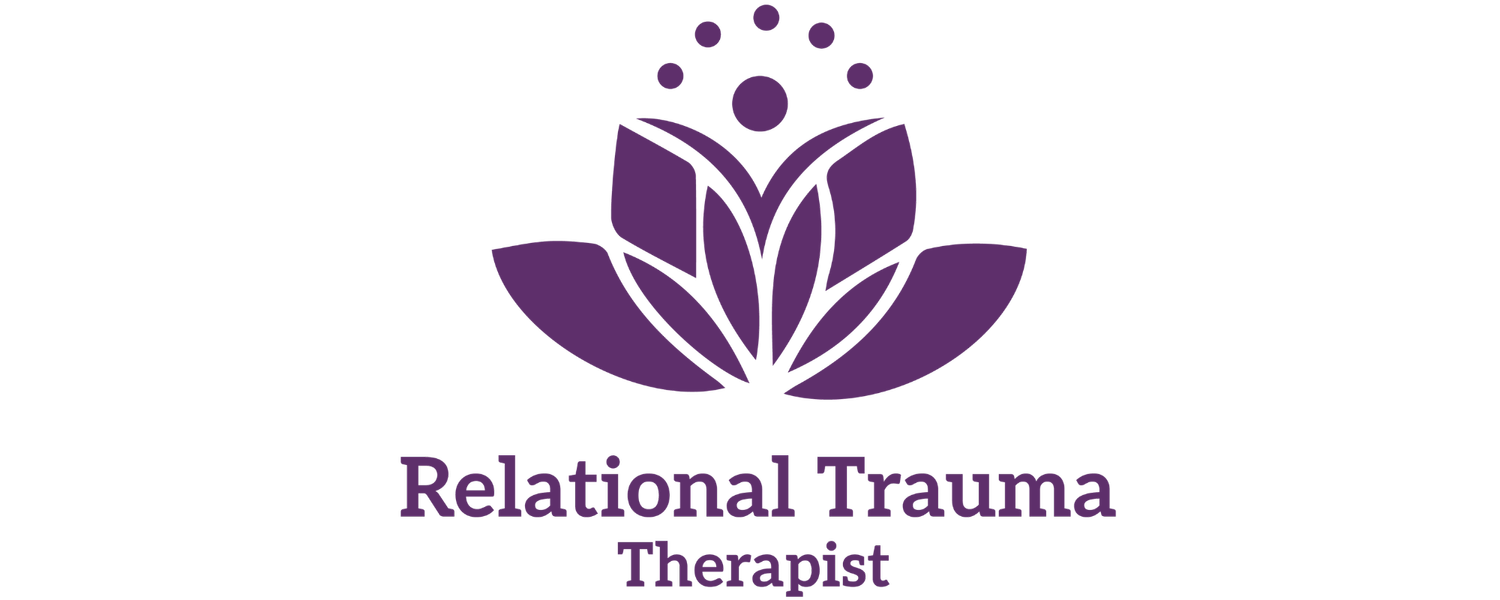Breaking Free from Trauma Bonds and Reclaiming Your Emotional Freedom
If you’ve ever felt trapped in a toxic relationship—unable to leave even when it’s hurting you—you’re not alone. Understanding trauma bonds and learning to break free is the first step toward reclaiming your emotional freedom. Trauma bonds often tie us to the very relationships that harm us, and breaking free requires both courage and support. That’s why we are going to explore exactly what trauma bonds are, the emotional challenges they bring, and practical steps to begin your healing journey.
What Are Trauma Bonds?
Trauma bonds are deep emotional ties that form in relationships where cycles of abuse, manipulation, or neglect exist. These bonds thrive on something called intermittent reinforcement—moments of affection or care are interspersed with emotional harm, creating a powerful psychological connection that can feel almost impossible to break.
Trauma bonds can develop in romantic relationships, families, friendships, or even professional dynamics. Understanding the dynamics behind these attachments can help you recognize when you’re in one and take steps toward freedom.
The Emotional Challenges of Breaking Free
Leaving a trauma bond isn’t easy—it’s messy, emotional, and often overwhelming. You might feel:
Guilt: Blaming yourself for the other person’s behavior.
Fear: Worrying about threats, retaliation, or the unknown if you leave.
Hope for Change: Believing things will get better after brief moments of kindness.
These feelings are common because trauma bonds distort your sense of reality. But the truth is, these emotional challenges are a result of manipulation, not a reflection of your worth or strength.
Signs You’re in a Trauma Bond
Recognizing a trauma bond is often the hardest part. Here are some signs that might resonate:
You feel stuck: No matter how much pain the relationship causes, you feel compelled to stay.
You rationalize: You find yourself making excuses for their behavior, even when it hurts you.
You’re isolated: The relationship has distanced you from family and friends.
It’s a cycle: Periods of affection or calm are followed by emotional harm.
If these patterns feel familiar, know that you are not alone and you have the power to break free.
Practical Tips to Break Free from Trauma Bonds
Breaking free isn’t easy, but with the right tools and support, it’s possible.
Acknowledge the Bond: Recognizing that you’re in a trauma bond is the first step. Journaling your experiences or talking to a trusted friend can help you identify the patterns keeping you tied to the relationship.
Build a Support System: Reconnect with people who care about you—family, friends, or support groups for survivors of abuse. A strong support system can remind you of your worth and provide encouragement.
Establish Boundaries: Setting firm boundaries with the toxic person is essential. This might mean limiting or eliminating contact altogether. Remember that boundaries are acts of self-respect and protection.
Seek Professional Help: A therapist who specializes in trauma recovery can help you navigate the complex emotions and patterns involved in trauma bonds. Therapy provides a safe space to process your experience and develop strategies for healing.
Focus on Self-Care: Healing is an act of self-love. Prioritize activities that nurture your body and mind—mindfulness, movement, journaling, or anything that brings you joy, relaxation, and peace.
Why Healing Takes Time
There’s no quick fix to recovering from a trauma bond—it’s a process of unlearning, rebuilding, and growing. Your brain needs time to rewire itself, releasing old attachment patterns and creating new ones rooted in self-worth.
There will be ups and downs, but that’s okay. Be patient with yourself, celebrate every small victory, and remember that healing is a journey.
How to Stay Strong After Breaking Free
Breaking free from a trauma bond is just the beginning. Here are some ways to stay strong as you learn to maintain your freedom:
Continue Therapy: Regular sessions can help you process lingering emotions and reinforce your progress.
Learn About Healthy Relationships: Educate yourself on what healthy dynamics look like so you can rebuild with confidence.
Practice Gratitude: Focus on the positives in your new life, no matter how small they may seem.
Rediscover Your Passions: Pursue hobbies or interests that bring you joy and help you rebuild your sense of self.
Healing from Trauma Bonds
Healing from trauma bonds is a courageous act of self-love. Embrace the opportunity to rediscover who you are, reclaim your power, and build a life filled with love, respect, and emotional freedom.
And remember, you don’t have to do it alone. Seek support, be gentle with yourself, and trust that healing is possible.
